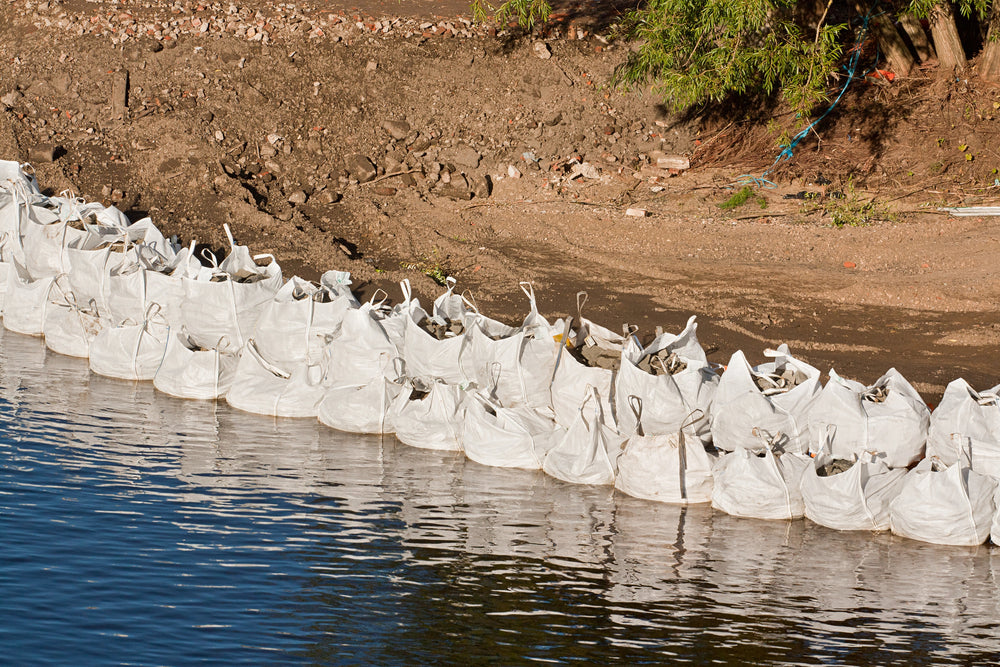
How Do Sandbags Work In Emergency Situations?
Share
Floods often threaten homes and landscapes, and a common sight during these emergencies is the deployment of sandbags. But how do sandbags work effectively in such situations? Understanding their function and proper use can significantly reduce water damage during disasters. This blog post explains the mechanics behind sandbags and their role in flood management.
The Science Behind Sandbags
Sandbags, seemingly simple in design, are remarkably effective at controlling floodwaters. Made from materials like burlap or plastic, they are filled with sand or soil and laid across paths where water flow needs to be controlled. The weight and malleability of sandbags allow them to form a barrier that can conform to the ground surface, creating a seal that reduces the speed and flow of water.
The effectiveness of sandbags comes from their ability to absorb and reduce the kinetic energy of flowing water. By doing so, they prevent the water from eroding soil or damaging structures in its path. However, it’s important to note that sandbags are not completely watertight. They are used to divert water or slow its pace rather than block it entirely.
Strategic Placement of Sandbags
For sandbags to function optimally, their placement must be strategic. They are typically arranged in rows and stacked like bricks to form barriers along the edges of a flood source. The base of the barrier should be wider than the top, creating a pyramid shape that enhances stability and prevents the bags from shifting.
Critical areas to fortify with sandbags include doorways, garage entrances, and low-lying ground near home foundations. In larger scale scenarios, such as community-wide protection, sandbags can help reinforce levees, barricade riverbanks, and safeguard infrastructure like storm drains and sewage systems.
Limitations and Considerations
While sandbags are indispensable in emergency flood control, they come with limitations. One major consideration is the labor-intensive process required to fill, transport, and place them effectively. This requires significant human resources and time, which may not always be readily available as floods can arise suddenly.
Moreover, sandbags are typically a temporary solution. Long-term exposure to water can degrade the bags, especially those made from natural fibers like burlap. Additionally, once used, the disposal of sandbags can pose environmental concerns. The sand may be contaminated with oil, sewage, or chemicals from the floodwaters, necessitating proper disposal methods that adhere to environmental regulations.
After the Flood: Cleanup and Recovery
After emergency use, handle sandbag cleanup carefully. If uncontaminated, the sand can be repurposed for construction or landscaping. However, if contamination has occurred, follow specialized disposal methods to prevent environmental harm. Proper handling ensures that both safety and environmental standards are maintained.
Understanding how sandbags work in emergency situations empowers communities to effectively respond to floods. These humble barriers can make a significant difference in protecting lives and property. By incorporating strategic placement and considering their limitations, individuals and communities can enhance their resilience against flooding and ensure a faster recovery post-disaster. This knowledge not only reassures but also encourages preparedness that can transform vulnerability into strength.
